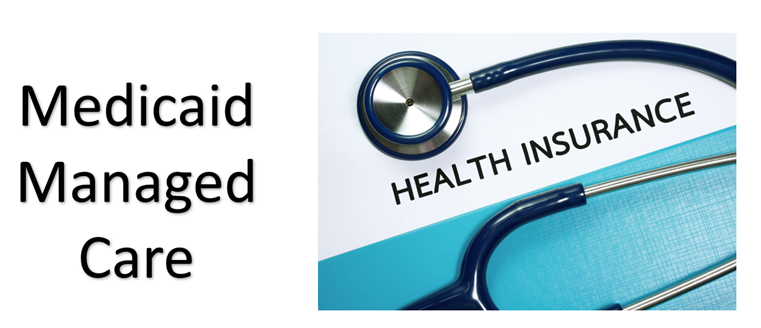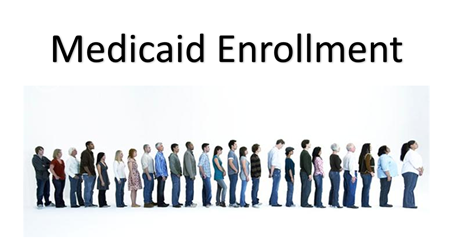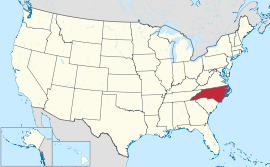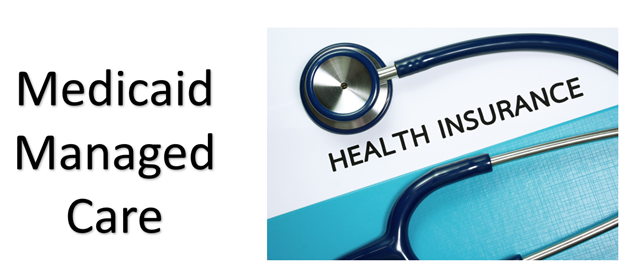MM Curator summary:
CMS has begun the process to define value based purchasing arrangements for drugs in the Medicaid program, with a focus on the value delivered by a drug to the individual patient. One key change to regs is to allow manufacturers the ability to report multiple best prices.
The article below has been highlighted and summarized by our research team. It is provided here for member convenience as part of our Curator service.
Clipped from: https://www.benefitspro.com/2020/12/23/cms-finalizes-rule-for-greater-pricing-flexibility-for-medicaid-drug-purchases/
New value-based pricing approaches could save up to $228 million in federal and state dollars through 2025.
The final rule codifies a broad definition of VBP, which can better align pricing and payment to observed or expected evidence and/or outcomes-based measures in a targeted population. (Image: Shutterstock)
States, private payers and manufacturers now have more flexibility to enter into value-based purchasing (VBP) arrangements for prescription drugs under Medicaid. The Centers for Medicare & Medicaid Services on Monday finalized regulatory changes to modernize Medicaid prescription drug purchasing and drive payment innovation.
“Rules on prescription drug rebates and related reporting requirements have not been updated in thirty years and are thwarting innovative payment models in the private sector,” CMS Administrator Seema Verma said. “Medicaid’s outdated rules have consistently stymied the ability of payers and manufacturers to negotiate drug reimbursement methods based on the actual outcome of the treatment. A new generation of approaches to payment methods is needed to allow the market the room to adapt to these types of curative treatments while ensuring that public programs like Medicaid remain sustainable and continue to receive their statutorily required discounts.”
Related: Drug pricing legislation and the impact on self-insurers’ pharmacy spend
Under current regulations, prescription drug manufacturers face challenges accounting for VBP arrangements in their Medicaid best price reporting to CMS. This has the unintended consequence of hindering providers, insurers and prescription drug manufacturers in their efforts to develop innovative payment models for new drug therapies and other innovative treatments. Current regulations also discourage payers and manufacturers from designing new payment arrangements based on the value their product may provide.
With the new flexibilities under this final rule, manufacturers are expected to be more willing to negotiate with payers, including Medicaid, with
drug pricing being driven by the value of their drug to the individual patient.
New genetic-based treatments initially may be expensive but in the long run offer significant value to the patient and payer.
Payers will be able to negotiate prices with manufacturers for these genetic-based treatments based upon outcomes and evidence-based measures such as reduced hospitalizations, lab visits and physician office visits, ensuring that if such measures fail to support the value of a drug, the payer is not held accountable for the full price.
The final rule codifies a broad definition of VBP, which can better align pricing and payment to observed or expected evidence and/or outcomes-based measures in a targeted population. The final rule also allows manufacturers to report multiple best prices instead of a single best price when offering their VBP arrangements to all states. By making these changes, effective in January 2022, CMS hopes to encourage VBP arrangements and negotiations to help make new, innovative therapies more available to all patients. As a result, it is estimated that these new
VBP approaches could save up to $228 million in federal and state dollars through 2025. Basing payment on the effectiveness of a given therapy can foster innovation in the treatments that are most beneficial to patients, while reducing overall health-care spending and hospital visits. When payers are positioned to be stronger negotiators with drug manufacturers, Medicaid beneficiaries will benefit from better access to prescription medications.











